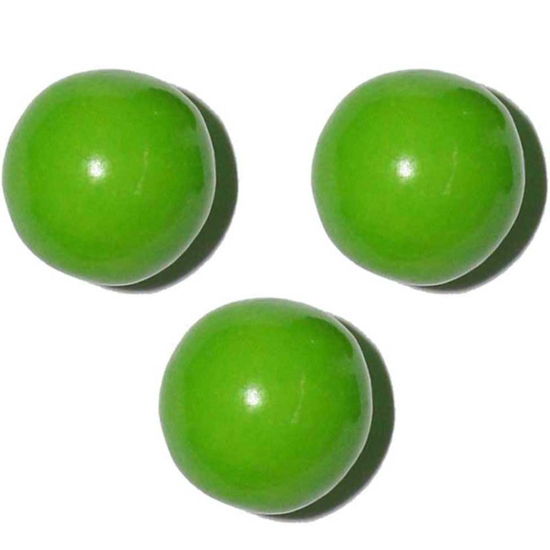First Chewing Gum - Natural Chewing Gums
First, chewing gum was natural, consist a gummy substance named Mastiche derived from the resin of the mastic tree.
The Mastic tree (Pistacia lentiscus), or mastic (or mastix), is a small tree growing up to 4m tall, cultivated mainly in the Greek. For at least 2,400 years, mastic has been used as chewing gum. The flavor of this tree can be described as a strong, slightly smoky, aromatic odor and can be an acquired taste. When chewed, agglomerate into a plastic mass.
The word “mastic” in Greek means “to chew.” The Greek island of Chios is the only place where this tree grows. Tears of a shrub “shed tears” of the mastic tree dry and harden, producing the sweet-smelling gum mastic resin.
For centuries the ancient Greeks chewed mastic gum. Grecian women especially used chewing mastic gum to clean their teeth and sweeten their breath.

The ancient Greeks were the first to use this plant as chewing gums, but Mastic is known to have been popular in Roman times. In Medieval times it was used as a breath freshener and for cosmetics. Masticha has been widely used for stomach comfort and other therapeutic purposes. It was considered to have healing properties, and chewing mastic was a real privilege. Sultans claimed to chew mastic. The Mastic tree was well known to almost all Mediterranean and Arabic countries.
Because it has a special taste and results in a fresh and clean feeling, mastic gum is very popular today. Chios natural mastic gum is a regional protected name by the European Union.
Today many chewing gums have a taste of mastic trees, which represents one of the original chewing gum tastes.
In the 9th century, the Mayan civilization also discovered some natural chewing gum.
In the 2nd century, central American Indians were chewing the coagulated sap of the Sapodilla tree. The Sapodilla trees grow wild in the rainforest. “Chicleros” are people who tap Sapodilla trees and collect their sap. Chewing gum is made from a thick juice called “chicle.” This white juice was collected in small bags, and at the factory, this chicle was cooked with corn syrup, glycerin, sugar, and some flavoring. After that, the cooked chicle is dried, rolled, and cut into small pieces. This is originally the way how chicle chewing gum was made.
Today some chewing gum is made of chicle, but most are made from chemicals and synthetic gum bases. This is mainly due to the higher cost and lower quality of gums produced with chicle. In Japan, chicle is still the preferred base of chewing gums.
American Indians of New England were also chewing gum. That chewing gum was made from the resin of spruce trees. Spruce gum was sold and then replaced progressively by paraffin wax gum.
Sweetened and flavored paraffin wax today is also used to produce some chewing gum.
